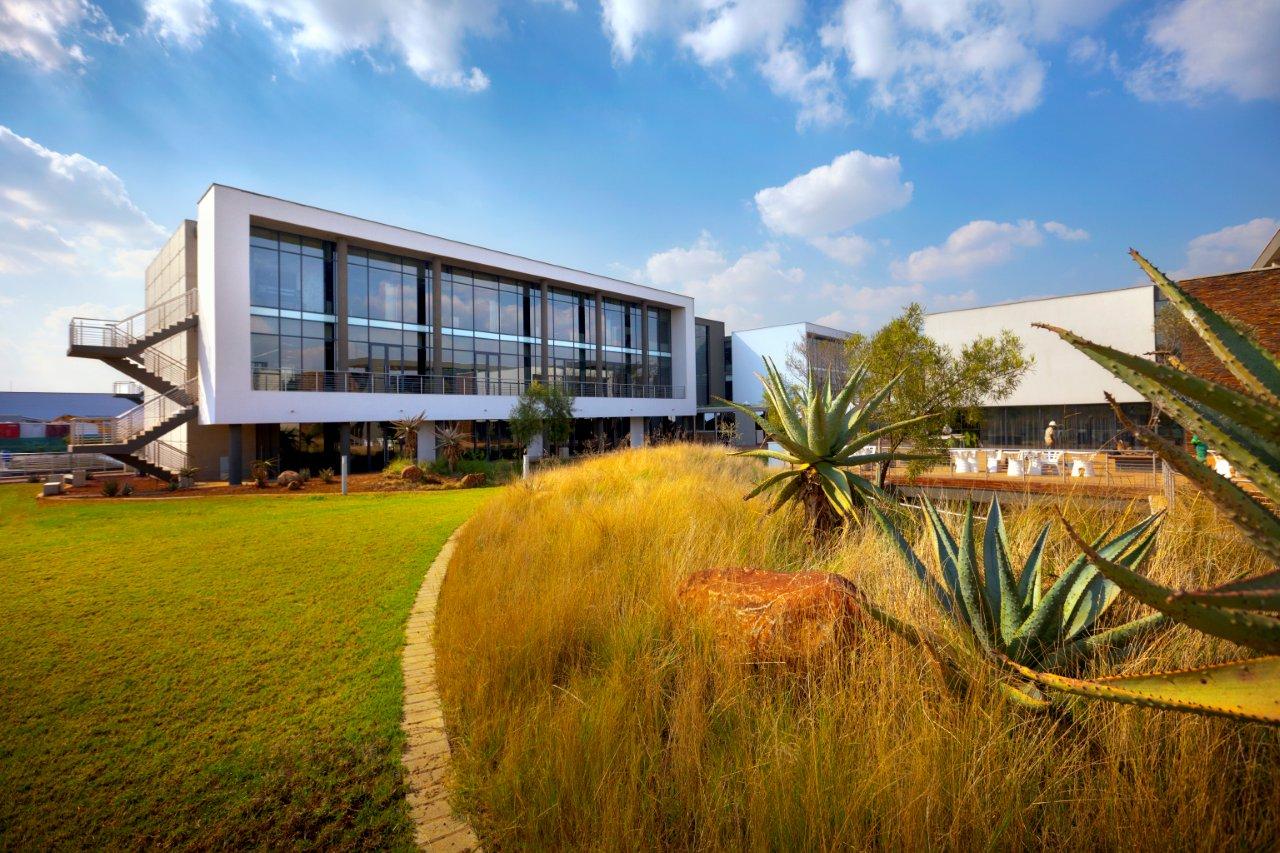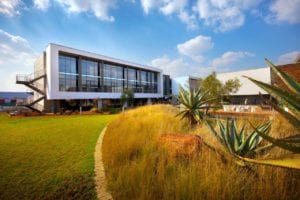
The new ‘green’ Basil Read headquarters
The Green Building Council of South Africa (GBCSA) attended the higher profile COP21 in Paris in December last year, where major global support for the Paris Agreement was ratified by 55 countries.
The Paris Agreement’s main focus was to keep the increase in global average temperature to well below two degrees Celsius.
The building sector can contribute significantly to rapidly reducing carbon emissions.
GBCSA’s commitment at COP21
At COP 21, the GBCSA made an ambitious commitment to introduce a net zero building certification scheme, target 2,500 commercial green building certifications – representing around 10 million square metres of gross building area – and 10,000 residential green building certified homes in South Africa by 2020.
On 4 November, the Paris Agreement came into force. Now, COP22 has shifted its focus to implementing the agreement and fine tuning details such as financing for developing countries.
Building a greener South Africa through biophilic design
As a big part of achieving its green goals, GBCSA aims to change South Africans’ perspectives on the built environment by sharing a better understanding of the ways that green buildings achieve a range of environmental, social and economic goals. A biophilic design is one such way.
Buildings with a biophilic design help reduce stress, enhance creativity and clarity of thought, and improve overall well-being. As the world’s population continues to urbanise, these qualities have become increasingly important.
The term biophilia, which means the love of life or living systems, was first used by social psychologist Erich Fromm to describe people’s attraction to all that is alive and vital. Biophilia suggests humans have a biological (physical, mental and social) need for a connection with nature. This connection affects our personal well-being, productivity, and social relationships.
Often thought to provide an explanation for why humans are captivated by the likes of crackling fires and crashing waves, or comforted by animal companionship, biophilia may also help explain why some urban parks and buildings are preferred over others.
Brian Wilkinson, GBCSA CEO, explains that while people have been farming for over 12,000 years, modern cities have only become common over the last 250 years and today, there are more people living in cities than ever before.
“Projections show that 70% of the world’s population will live in cities in the next few decades,” he said. “Figures from the World Green Building Council reveal that more than half of urban areas projected for developing countries by 2030 are yet to be built.
“How we build these cities will define our future quality of life. This is yet another reason why designing buildings with people and nature in mind is an imperative,” Wilkinson added.
Connecting people with nature
Connecting people with nature can range from bringing nature into a building – by incorporating plants, daylight, fresh air, water features, courtyard gardens and nature views into an interior workspace, to using fabrics and finishes that evoke nature, as well as artworks, ornaments, building elements that mimic natural and organic shapes, and materials such as grained wood and natural rock.
Biophilia can be applied in many ways to change dreary urban settings into stimulating environments, from engaging with nature by taking a walk in the park to interacting with animals or simply having a view of greenery from the window.
Wilkinson said that “Green building goes beyond conserving and protecting the environment. It benefits everyone and everything exposed to the built environment – people, planet, and profit.
“Biophilic design is an aspect of green building that looks specifically at the human needs affected by the built environment,” he added. “It’s a key quality of buildings that supports the wellness of building users.”
Benefits of incorporating a nature design
Taking into account how quickly an experience of nature is proven to elicit a restorative response, Wilkinson asked why it was that businesses all over the globe spent billions each year on lost productivity due to stress-related illnesses.
“By incorporating a design that reconnects us with nature, we provide people with better opportunities to live and work in healthy spaces,” Wilkinson said.
He added that while the concept of green buildings had grown, not only in South Africa but globally, it was essential to constantly find new ways of improving the built environment.
“This is imperative, not only for the sake of the environment, but for our own growth and development as human beings,” Wilkinson said. “The need for urban design and architecture that considers the environment and reconnects people to an experience of nature for their well-being has become an absolute necessity.”
Many South Africans have already started to benefit from better work and living spaces that take into consideration their personal needs as well as those of the environment, with green building propelling to the forefront of property development in the country, GBCSA said.









